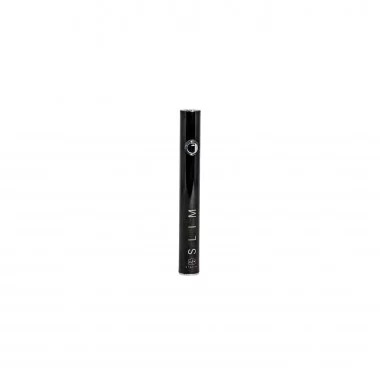How is the cbd resin extracted?
The extraction of CBD resin is a complex process designed to isolate cannabinoids, terpenes and other beneficial compounds from the hemp plant. The following is an overview of the current methods of extracting CBD resin:
\n1. Supercritical CO2 extraction
\nSupercritical CO2 extraction is one of the most popular and efficient methods for extracting CBD resin. It uses carbon dioxide at high temperatures and pressures to isolate the desired compounds.
\nSteps:
\n- Extraction chamber : The hemp plant material is placed in an extraction chamber. \n
- Introduction of CO2 : Supercritical CO2 (to a state between liquid and gas) is pumped into the chamber. Supercritical CO2 acts as a solvent and extracts cannabinoids and terpenes from plant matter. \n
- Separation : The CO2-extract mixture is then directed to a separator where the pressure is reduced, allowing the CO2 to return to the gaseous state and separate from the CBD extract. \n
- Collection : CBD resin extract is collected in a container, while CO2 is recycled for future use. \n
Benefits:
\n- Purity : Produces high quality extracts, free of residual solvents. \n
- Effectiveness : Allows to extract a wide range of cannabinoids and terpenes. \n
2. Solvent extraction
\nThis method uses liquid solvents such as ethanol, butane, or propane to extract CBD resin from the hemp plant.
\nSteps:
\n- Trempage : The plant material is soaked in the chosen solvent, dissolving cannabinoids and terpenes. \n
- Filtering : The solvent-extract mixture is filtered to separate the solid vegetable material. \n
- Evaporation : The solvent is then evaporated, often vacuumed to reduce the necessary temperature, leaving behind a concentrated extract of CBD resin. \n
Benefits:
\n- Effectiveness : Relatively fast and efficient process. \n
- Cost : Often less expensive than supercritical CO2 extraction. \n
Disadvantages:
\n- Solvent residues Risk of residual solvents in final extract if evaporation is not complete. \n
- Flammability Use of flammable solvents (such as butane) may pose risks. \n
3. Extraction with olive oil
\nThis is one of the oldest and easiest methods of extracting CBD resin, using olive oil as a solvent.
\nSteps:
\n- Decarboxylation : The plant material is heated to activate cannabinoids. \n
- Trempage and heating : The vegetable material is then soaked in olive oil and heated to extract cannabinoids and terpenes. \n
- Filtering : The oil-extract mixture is filtered to separate the vegetable material. \n
Benefits:
\n- Security : Use of a non-toxic and non-flammable solvent. \n
- Simplicity : Simple and feasible process on a small scale. \n
Disadvantages:
\n- Conservation Oil extracts have a shorter shelf life and must be stored properly. \n
- Concentration : Less concentrated than extracts obtained by other methods. \n
4. Dry Sifting
\nThis physical method does not use solvents and consists of separating the trichomes (structures containing cannabinoids and terpenes) from the plant material using sieves.
\nSteps:
\n- Tagging : The plant material is rubbed against fine sieves, allowing the trichomes to fall through the sieves. \n
- Collection : CBD resin, also known as kief, is collected at the bottom. \n
Benefits:
\n- Purity : No risk of residual solvents. \n
- Simplicity : Simple process, requiring little equipment. \n
Disadvantages:
\n- Effectiveness : May be less effective in extracting all desired compounds. \n
- Concentration : Extracts may be less concentrated than those obtained by other methods. \n

 Ce que vous devez savoir sur les cartouches pré-remplies au distillat de CBD
Ce que vous devez savoir sur les cartouches pré-remplies au distillat de CBD  Explorer les E-liquides au CBD de JUST CBD avec Hamilton Devices
Explorer les E-liquides au CBD de JUST CBD avec Hamilton Devices  Explorez le Monde des Bonbons Gélifiés au CBD de JustCBD : Variété et Saveurs
Explorez le Monde des Bonbons Gélifiés au CBD de JustCBD : Variété et Saveurs  JustCBD : Une Marque de Confiance pour des Moments de Détente
JustCBD : Une Marque de Confiance pour des Moments de Détente  Découvrez le PB1 de Hamilton Devices
Découvrez le PB1 de Hamilton Devices 




